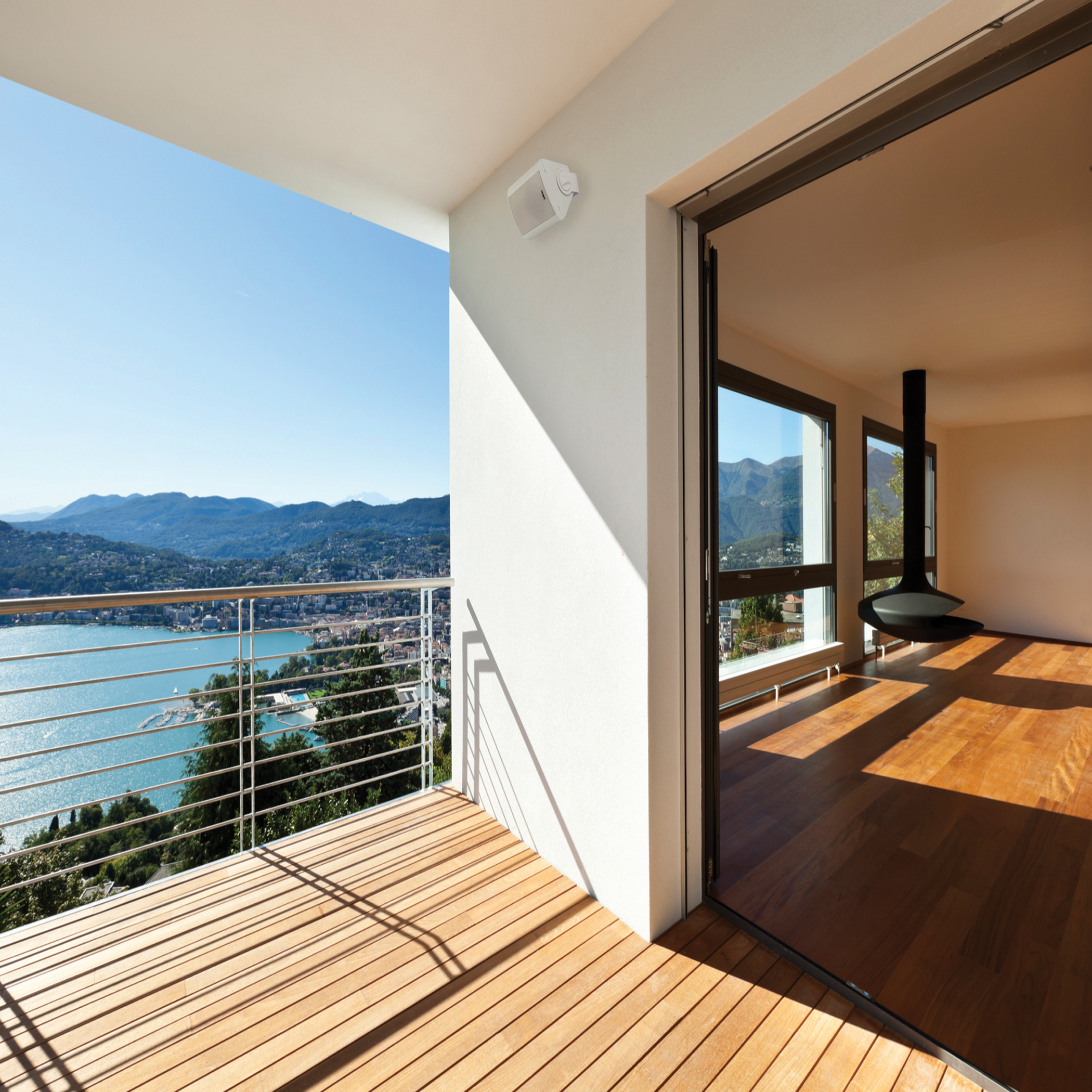The 5 main differences between indoor and outdoor speakers
When it comes to outdoor audio, many think that it would be easy to simply take their indoor speakers outdoors and expect the same high-quality sound output. The difficulty with this is that the way indoor speakers are designed are simply not optimised for outdoor conditions, so sound quality and sound staging is affected. Here we explore the 5 main differences between indoor and outdoor speakers to give a better idea on why outdoor speakers can be so different from indoor speakers.
#1 Outdoor Speakers are All-Weather Resistant
The first difference between indoor and outdoor speakers is the material construction of the speakers. Outdoor speakers are constructed of sturdy, water-resistant material to ensure that it can brave up to the elements all year long without replacement. It is therefore no surprise that we recommend you getting outdoor speakers with bullet-proof construction so that they can withstand whatever you throw at them. Furthermore, outdoor speaker placement may involve the using of wiring which goes through walls or underground, so it is essential that all-weather resistant outdoor speakers are used to avoid constant replacement, which will definitely be a hassle. So the very first difference between indoor and outdoor speakers is that outdoor speakers are constructed to adapt to the outdoors, and we recommend that you shouldn’t substitute indoor speakers for outdoor conditions.
#2 Outdoor speakers require higher power input
Outdoor speakers can be broadly divided into passive and active outdoor speakers. If you want good outdoor audio music, aim to get active outdoor speakers which require a dedicated amplifier to push it. This is because sound does not travel well outdoors with little bass response, because the speakers are essentially firing sound into open space and has to deal with outdoor conditions such as wind and ambient background noise. All these factors combined means that outdoor speakers will require a higher power input to overcome these “sound obstacles”. In contrast, indoor speakers do not face such difficulties under room conditions, and generally have better bass reproduction because of the presence of reflective surfaces. It is not often necessary to drive most indoor speakers with an amplifier unless placed in a big open space such as a large room.
#3 Outdoor speakers are specially designed for outdoor bass reproduction
It’s true that bass response suffers outdoors for any type of speaker – be it indoor or outdoor speakers. The principal reason is due to the lack of reflective surfaces which are required for bass to naturally amplify itself. When firing sound into open space, the lack of reflective surfaces reduces bass reproduction, making the music sound more “flat” then it does indoors. As a result, good quality outdoor speakers are designed in such a way to create more reflective surfaces within the speaker itself to give sufficient bass output, as well as more powerful drivers capable of handling lower frequencies. The result of all these engineering is to try to mimic the conditions under which outdoor speakers can deliver high quality performance.
#4 Omni-directional sound
One crucial difference between indoor and outdoor speakers is that outdoor speakers may be “single-point speakers”, which allow for both left and right inputs into the speaker. This allows the speaker to produce omni-directional sound, so as to allow a single outdoor speaker to have greater coverage over a wide area. Think of omni-directional sound having a circular coverage over a particular area. One example of this is the Bose Free Space 51 environmental speakers, which radiates sound in a 360 degree fashion with its circular design. In contrast, indoor speakers usually have left and right inputs, so the sound spreads from a single direction in a triangulation form. It is noteworthy that not all outdoor speakers are designed to produce omni-directional sound, but it is increasingly common to see single-point outdoor speakers being used to propagate sound across large outdoor areas. They can also be combined with multiple omni-directional speakers to cover an extremely large area.
#5 Outdoor speakers are designed to blend into the outdoors
Some outdoor speakers are specially designed to blend into your garden. For example, the OSD Audio RX550 are specially designed to look like rocks where you can place around your garden shrubs for concealment. Other outdoor speakers are designed to look like tree stumps, benches or even flower pots. These give outdoor speakers an interesting edge in terms of adding to the aesthetics of your home. Plus they sound great, so it’s really a win-win situation to have them in your backyard.

